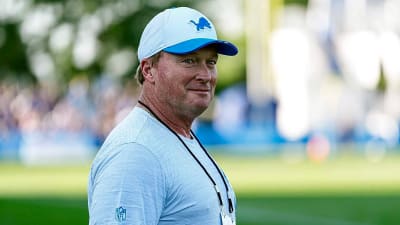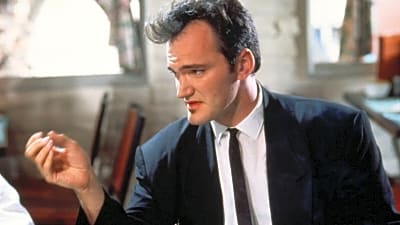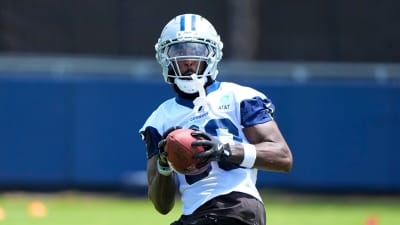
Novak Djokovic battled past not only Jaume Munar, but also his own body and the brutal Shanghai humidity to once again reach the quarterfinals at the Rolex Shanghai Masters — and make history in the process. At 38 years and 4 months old, Djokovic became the oldest Masters 1000 quarterfinalist in history, surpassing Roger Federer’s previous record. It’s another testament to his remarkable longevity and unrelenting competitiveness, even on nights when his body seems to protest every step.
In a match filled with drama, some gruelling exchanges, and multiple visits from the physio, Djokovic ultimately prevailed, coming back what at times looked like the brink – as he has done so many times throughout his career.
The match began much as many expected, with Djokovic’s advantage in the serve-return dynamic showing instantly. He broke early to take control, dictating rallies with precision and depth. For a while, it looked like another routine opening set for the world number one. But midway through the set, concern rippled through the crowd when Djokovic appeared to tweak his ankle and called for a medical timeout. The humid conditions were already punishing, and with movement temporarily compromised, the Serb adjusted brilliantly. Knowing longer rallies would only aggravate the issue, he turned to a serving clinic instead.
Djokovic landed an impressive 76% of his first serves and won 84% of those points, using his serve to shorten exchanges and protect his lead. The tactical shift worked perfectly, and he closed out the set 6-3 — though the signs of physical strain were already visible.
With Djokovic moving more freely and Munar sensing the urgency to strike, the second set became one of the most physically demanding sets of tennis played all year. It stretched beyond 75 minutes, filled with lung-busting rallies and momentum swings that kept both players and the crowd on edge.
Munar’s defensive resilience frustrated Djokovic, who found himself constantly having to dig deep. Both men were tested mentally, emotionally, and physically, trading baseline blows under suffocating conditions that pushed them to their limits.
Despite Munar’s relentless pressure, Djokovic held firm until the twelfth game. There, the Spaniard, the only player in the set to generate break points, earned a set point on Djokovic’s serve. In a rally that lasted more than 20 shots and ended with Djokovic sprawled on the court gasping for air, Munar sealed the set 7-5, sending the match into a decider.
When the third set began, Djokovic looked physically drained and emotionally deflated. Yet, as he has done countless times before, he summoned a fresh wave of determination seemingly out of nowhere. Breaking Munar in the opening game, Djokovic immediately flipped the match on its head.
That early break not only gave him a burst of energy but also halted all the momentum Munar had built by winning the previous set. Though the Spaniard continued to threaten on return games, Djokovic’s intensity and accuracy rose with each passing game.
With his movement sharper and his focus laser-tight, Djokovic began to control the baseline again, mixing depth and direction to keep Munar chasing shadows. The Serb sealed the match with a commanding 6-2 final set, a fitting reminder that even when physically struggling, his mental edge remains unmatched.
https://x.com/TennisTV/status/1975552980981076270?t=VIn__PE_GHJ4spXaRq2D-A&s=19
Looking Ahead
Now into his 97th Masters 1000 quarterfinal, a number only behind Rafael Nadal’s 99, Djokovic will face Zizou Bergs next in a matchup in which he will be the overwhelming favorite.
With Jannik Sinner and Carlos Alcaraz both out of the tournament, the path to the Shanghai title has opened up considerably. If Djokovic can recover physically and maintain this level, the stars may just be aligning for the great Serb to lift yet another Masters trophy and add another remarkable chapter to his ever-expanding legacy.
More must-reads:
- Odell Beckham Jr. suspended six games for PED violation
- Oilers to recall 2022 first-round pick for NHL debut
- The 'Active 10-reception NFL games' quiz
Breaking News
Trending News
Customize Your Newsletter
 +
+
Get the latest news and rumors, customized to your favorite sports and teams. Emailed daily. Always free!








